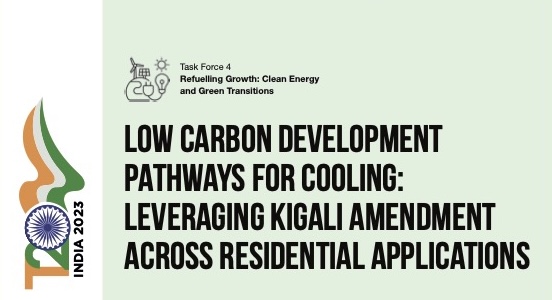Opportunities for Simultaneous Efficiency Improvement and Refrigerant Transition in Air Conditioning

In October of 2016, nearly 200 Parties agreed to amend the Montreal Protocol in Kigali, Rwanda, to phase-down consumption and production of hydrofluorocarbons (HFCs) by 2050. Growth in the use of HFCs, including those currently used as refrigerants in air-conditioning systems, is being driven by demand from emerging economies, hot climates, and rising incomes that are also undergoing rapid urbanization and electrification. Air conditioners (ACs), as an energy-intensive end-use technology, are also covered by a growing number of energy efficiency standards, labeling, procurement, incentive, and other supporting efficiency programs. Therefore, improving room AC energy efficiency and transitioning to low-global warming potential (GWP) refrigerants simultaneously presents significant opportunities to deploy energy efficient technology and reduce the energy and emissions impacts of room ACs, while keeping costs low for consumers. This report aims to provide an initial sense of the opportunities to improve efficiency and transition to low-GWP refrigerants by reviewing the HCFC and HFC regulatory framework and energy efficiency standards and labeling programs in 19 economies that account for roughly 65 percent of global room AC demand.







